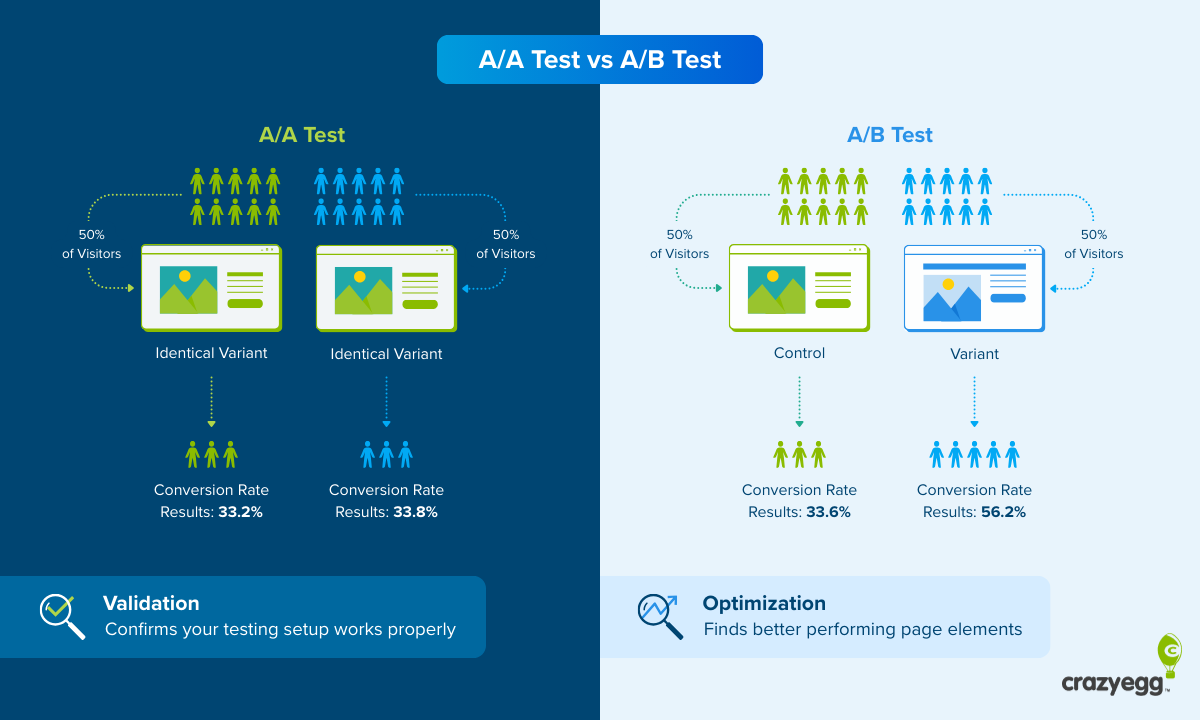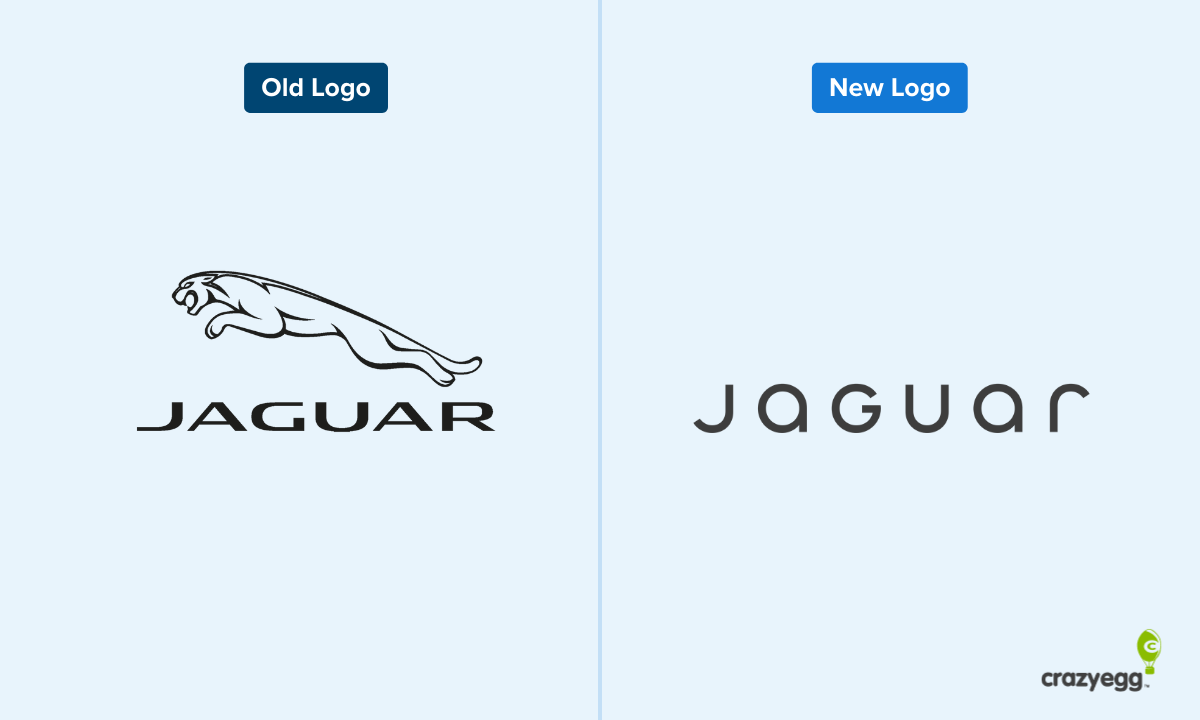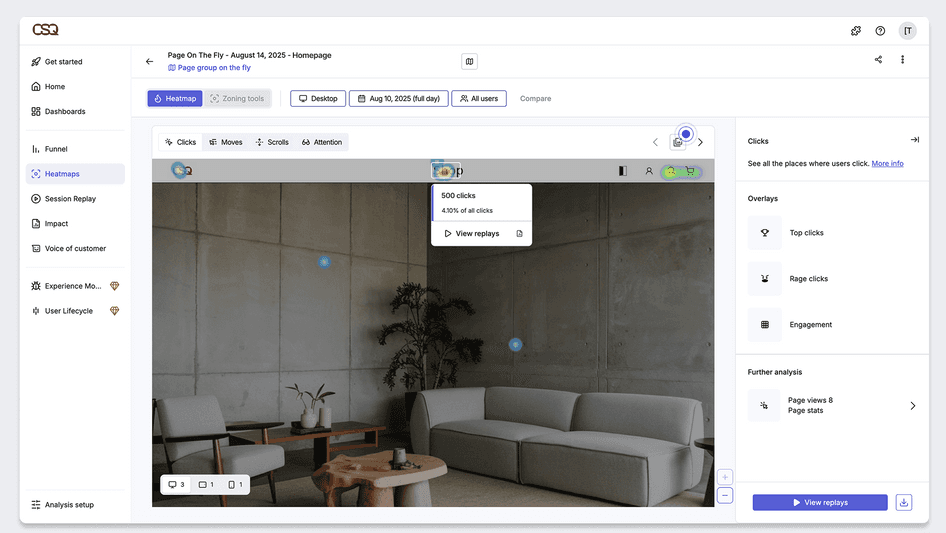“How much for the t-shirt?” I asked the lady at her stall in one of Saigon’s tourist markets.
“Seven dollah,” she said as she pulled the shirt out and handed it to me. “Very nice! From America!”
I feigned disinterest and asked her for a better price. It’s customary to negotiate in places like these. She acted like it was a tough decision and then brought the price down to $6. She buys these at $2 a piece anyway.
I shook my head and told her to do better. This time she frowned and shook her head too. I asked for $5 but she refused. Tough negotiator.
Finally, as I turned and walked away, she said, “Ok, take two shirt, eleven dollah. Only for you, good deal!”
I hesitated and she could see she had me. I tried to bring it down to $10 but she pulled the shirts from me and started putting them back on the shelves. I had to make a decision quick or I’d lose the deal!
You’ve probably had similar experiences in the past when you went shopping yourself. Take-it-or-leave-it deals have been used as sales tactics since time immemorial. They create a sense of urgency that drives people to make purchasing decisions faster.
Today, with the convenience of shopping from homes and on multiple sites at the same time, consumers can afford to take more time before making a purchase decision. This makes urgency even more relevant as a strategy to increase sales and conversions.
While many e-commerce sites have adopted this strategy, SaaS companies haven’t really caught on. Granted, the business models are quite different and it takes more convincing to get someone to pay every month than once, but the underlying concept is the same.
In this post we’ll look at some ways e-commerce sites have implemented urgency and how SaaS sites can adapt it to their businesses.
Regular Deal
This is the most common technique if you’re looking to temporarily boost sales. Offering a limited-time discount off regular price will persuade those sitting on the fence to make a purchase. The deadline will place added pressure on them to take advantage of the deal.
Groupon is the best example of creating urgency with regular deals. They offer huge discounts on various products but, while this is a decent incentive to buy, it’s the big countdown timer that really does the trick.
In the SaaS world, AppSumo is doing the same thing. They offer time-sensitive discounts on SaaS and digital products. What’s more, many of their deals are ‘buy now, redeem later’ offers. This means even if you don’t really need the product right now, you can still cash in on the deal and get the product when you do need it.
For one-off purchases, regular deals don’t really promote customer loyalty. As a SaaS business, if you offer a discount only for the first month, you might see a lot of churn at the end of the month. To counter this, you can give customers a discount on their entire first year and lock them in.
Take a leaf from some of the flash sales and seasonal sales you see on e-commerce sites and set up a deal the next time there’s a holiday or event that calls for a discount. Try offering a discount on your regular pricing tier, or extending your free trial by a couple of months.
Spot Deal / Mystery Offer
The spot deal is also a discount but it’s different from a regular deal in that it is dynamic. While regular deals have a fixed start and end date and are available to everyone, spot deals are assigned to individual visitors when they land on a page.
To maximize effectiveness, the deals usually last a couple of hours, as opposed to days or even weeks for regular deals. It’s the equivalent of telling visitors, “We have a deal only for you but you must take advantage now before it’s gone.”
Growthhacker.tv has a spot deal for new visitors to their site. When you land on their page, they offer a free week of access, but you only have an hour to take advantage. They also let you know you’ll never see the deal again and you’ll be a stupid head if you don’t take it.
Who wants to be a stupid head? That’s right, no one!
Gap does something similar but with a twist. If you subscribe to them, you might have seen their mystery offer in your inbox. Curiosity leads you to click on the deal to see what you get, and urgency gets you to buy.
You could offer a spot discount for the first month of your product. Trigger the offer when they’re looking at your pricing page. If they spend a lot of time on the pricing page, it means they’re on the fence. This is probably the best time to have the offer pop-up, with a timer to push them towards buying.
Bundle Offer
This is the technique the Vietnamese lady used on me. While a regular deal means taking a hit on your revenues, a bundle offer allows you to up-sell customers. Again, by adding a deadline, you urge customers to purchase the bundle before they lose out.
Info-products tend to use this technique a lot. If you’ve ever landed on a squeeze page, you might have seen something on the lines of, “But there’s more!”
They basically add on more products to the core offer and then discount the entire bundle. It doesn’t really cost them anything to add on more info-products, so even with a discount on the bundle, they’re still increasing their revenues.
Take the Profitable Idea course by Ramit Sethi, for instance. The core offering is an e-book and some videos. However, as you scroll down his squeeze page, he adds on ‘bonus’ interviews and assigns monetary values to them. Ultimately you get a pretty pricey package, but it’s yours for a hefty discount if you sign up today.
In terms of costs, SaaS products are similar to info-products. This means you can up-sell customers on extra features without it costing you more.
Next time a customer clicks on a plan but hesitates at the checkout, offer them extra features on that plan. They might just want one advanced feature without having to pay full price for the next tier.
Express Shipping
You’ve come across this while shopping on Amazon. On the product page, you’ll find a countdown timer urging you to buy the product to be eligible for express shipping. It’s very effective and many other e-commerce sites have started using this.
Of course, as a SaaS business, you don’t really need to ship anything. Customers get instant access any way. However, this isn’t about getting the product to the customer faster. It’s about the customer being able to use the product as soon as possible.
Think about it this way. If you were buying a new couch on Amazon, but you were traveling for the next two weeks, express shipping wouldn’t matter to you since you can’t use the couch until you get back.
Some SaaS products might have a learning curve or require some technical knowledge. Others might require integrations or data migrations. Helping customers use these products as soon as possible—and bypassing the time-consuming stuff—would really matter to them.
Try offering priority set-up or free migration if customers sign up before the end of the day. Specify the exact date and time the setup will be complete to make it sound more enticing.
Variable pricing / Price goes up
Pricing is something that many businesses struggle with, especially info-products and SaaS businesses. Unlike physical goods, there’s no ‘market rate’ for digital products and that makes it tough to determine what to charge per user.
Fortunately, you can use this to your advantage. You can test different price points and let visitors know that prices are likely to change. This will urge them to cash in on lower pricing before it increases.
You can see this in action on Kickstarter. There are numerous innovative physical products on pre-sale at introductory prices. Once the campaign ends the products will likely retail at a higher price so, if you’re an early adopter, you’ll want to reserve it now.
LemonStand, an e-commerce SaaS application, uses this technique but without the countdown. At the time of writing this, they have introductory pricing in effect for the latest version of their product. You can also see what the regular prices will be and how much you’ll save if you sign up now.
You might want to test this technique with and without the timer. Adding a timer means there’s a limited window of opportunity where subscribers can purchase at a low recurring fee. This can be used when you’ve got a new product or version coming out and you want to pre-sell. Be sure to mention that people can get in on introductory pricing when you market your product launch.
The lack of a timer means it’s unknown when regular pricing comes back into effect. It could be the next day or the next month. This introduces a different kind of urgency, one where waiting till the last minute might mean missing out. Display this prominently on your pricing page or send it out specifically to customers on the fence.
Exit Offers
You’ve probably come across exit intent offers before. Just as you leave a site there’s a pop-up with an offer for a discount. Info-product businesses tend to use this in conjunction with bundle offers. If you still leave their site after all the add-ons, you’ll get a message on the lines of, “Hang on! Get ALL this for just $XX!”
This can be pretty annoying, especially on some of those shady looking squeeze pages, but Neil Patel uses this to good effect for his Traffic U course. He has a regular monthly subscription plan at $47/month but as you leave the page you get an offer for 83% off on the first year.
On clicking through, you’ll go back to the product page but you’ll see a large timer counting down to your deadline.
The advantage of the exit offer is that you don’t need to give a visitor a discount until they leave without purchasing. You can convert a few visitors at full price and net the rest with the discount.
Start Testing
It’s now time for you to try out one, or a combination, of these techniques and test their effectiveness. The actual implementation shouldn’t be too hard. You can find plug-ins and scripts for the pop-ups and countdown timers.
Remember to split test everything. Try different discounts to see which ones result in the most conversions. Vary the timing of your offers to give visitors time to look through your site and pricing. You want to catch them when they are on the verge of buying and need a little nudge.
Finally, test the effectiveness of your pop-ups and timers. Change the size, color and placement and use heat mapping to find the combination that attracts most attention.
PS – If you’re hesitant about testing exit offers on your site, feel free to post your questions here. Neil might respond with some interesting statistics.
Read other Crazy Egg articles by Sid.
















